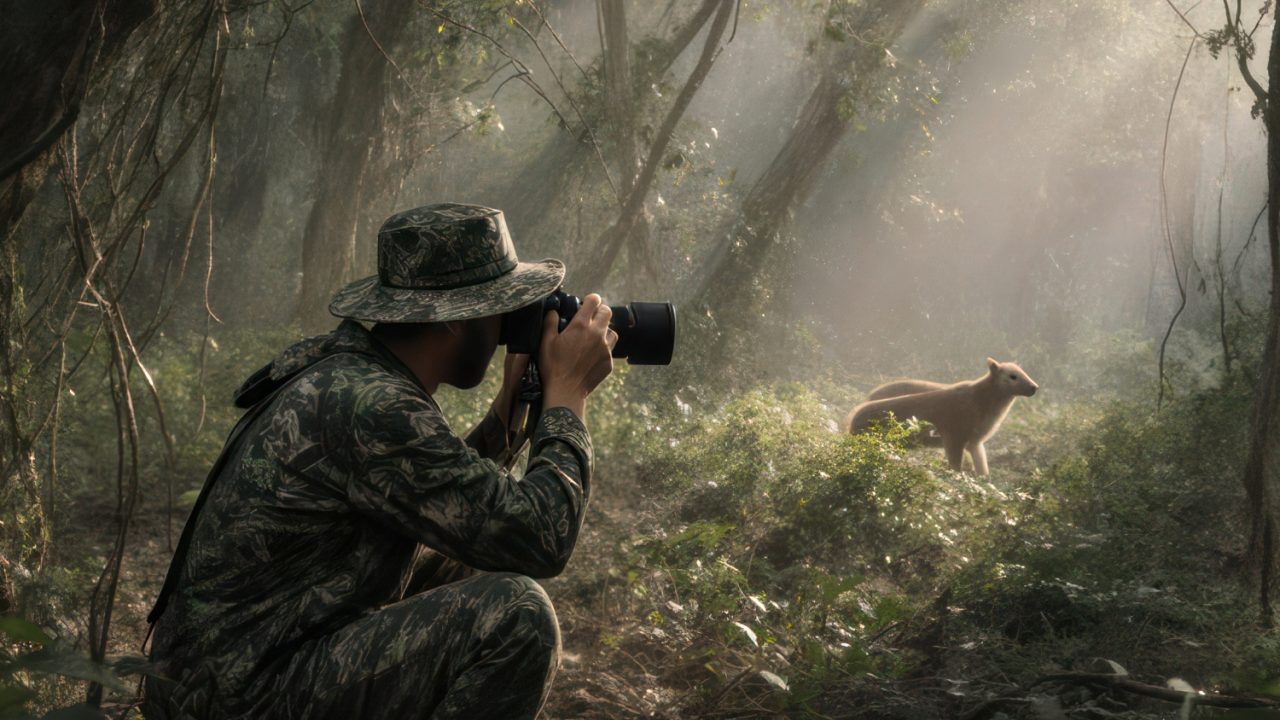Introduction
Wildlife photography is one of the most exciting aspects of outdoor adventures. Whether you’re hiking through the mountains, exploring dense forests, or taking a safari, capturing the beauty of animals in their natural habitats can be an enriching experience. However, photographing wildlife requires patience, skill, and a bit of preparation. Here are some tips to help you capture stunning wildlife images on your adventures.
- Research Your Subject
Before you head out on your adventure, spend some time researching the wildlife you may encounter. Understand their behavior, habitat, and feeding patterns. This will help you predict their movements and choose the right time to photograph them. For example, knowing that many animals are most active at dawn or dusk will help you plan your shots during the golden hour, when the light is ideal for photography. - Use the Right Gear
When photographing wildlife, having the right gear is essential. A telephoto lens (200mm or more) is a must for capturing animals from a distance without disturbing them. This allows you to maintain a safe distance while still getting close-up shots of your subjects. Additionally, a DSLR or mirrorless camera with fast autofocus and continuous shooting mode is ideal for capturing fast-moving animals. Don’t forget extra batteries and memory cards, as wildlife photography can be unpredictable, and you don’t want to miss a shot. - Respect Wildlife and Stay Safe
It’s essential to approach wildlife photography with respect. Never get too close to an animal, as this can cause stress and disrupt its natural behavior. Use your telephoto lens to get close-up shots from a safe distance. Be mindful of your surroundings and creep to avoid startling animals. Always prioritize your safety and that of the wildlife over getting the perfect shot. - Focus on the Eyes
In wildlife photography, the eyes are often the focal point of the image. They convey emotion and life, making your photo more engaging and powerful. Make sure your camera is set to focus on the animal’s eyes, even when shooting through obstacles like grass or foliage. This will help create a sharper, more dynamic shot. - Be Patient and Observant
Wildlife photography requires patience. Animals don’t always appear on cue, and they often move quickly or unpredictably. Be prepared to wait quietly for the right moment. Stay observant and ready for action—whether that’s a bird taking flight or a predator on the hunt. The more patient you are, the more likely you are to capture incredible shots.
Conclusion
Photographing wildlife can be one of the most fulfilling aspects of your outdoor adventures, but it requires the right approach. By using the right gear, respecting animals’ space, focusing on key elements like the eyes, and being patient, you can capture breathtaking images that reflect the beauty and majesty of nature. Remember to enjoy the moment and celebrate the experience of encountering wildlife in the wild.
#WildlifePhotography #NaturePhotography #OutdoorAdventures #AnimalPhotography #PhotographyTips #WildlifeEncounters #AdventureTravel #NatureLovers #PhotographyGear #WildlifeConservation

 My Account
My Account 


